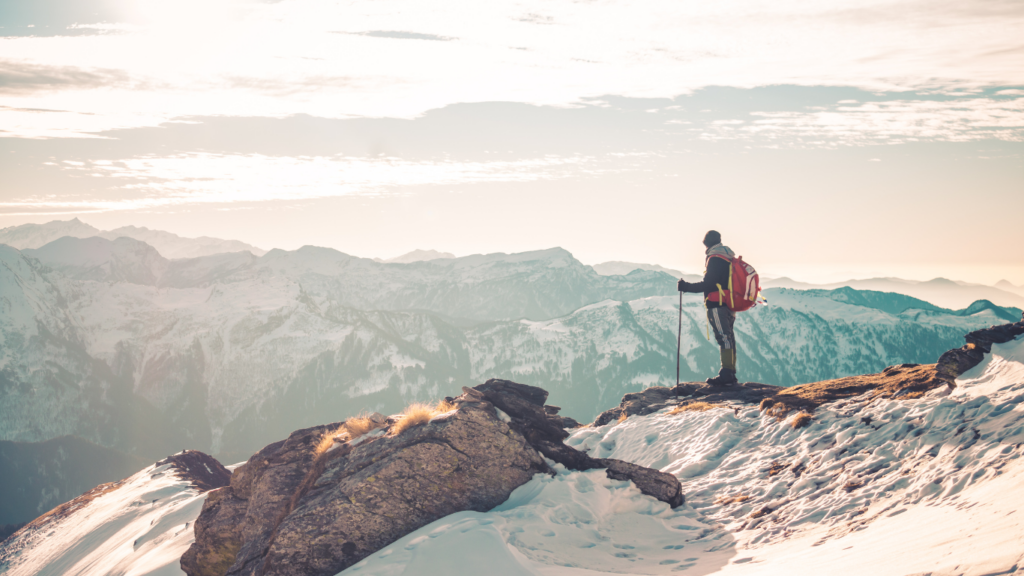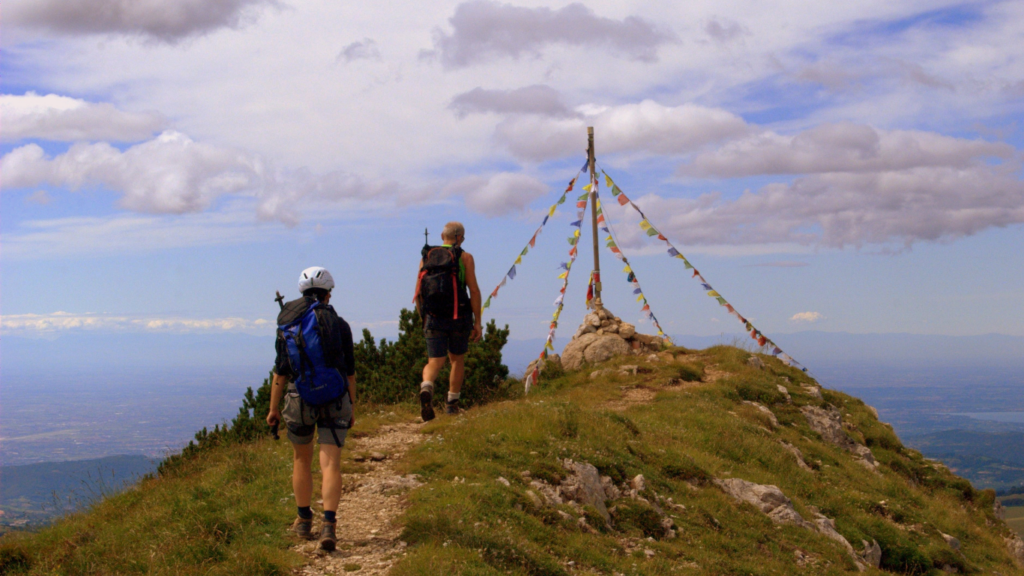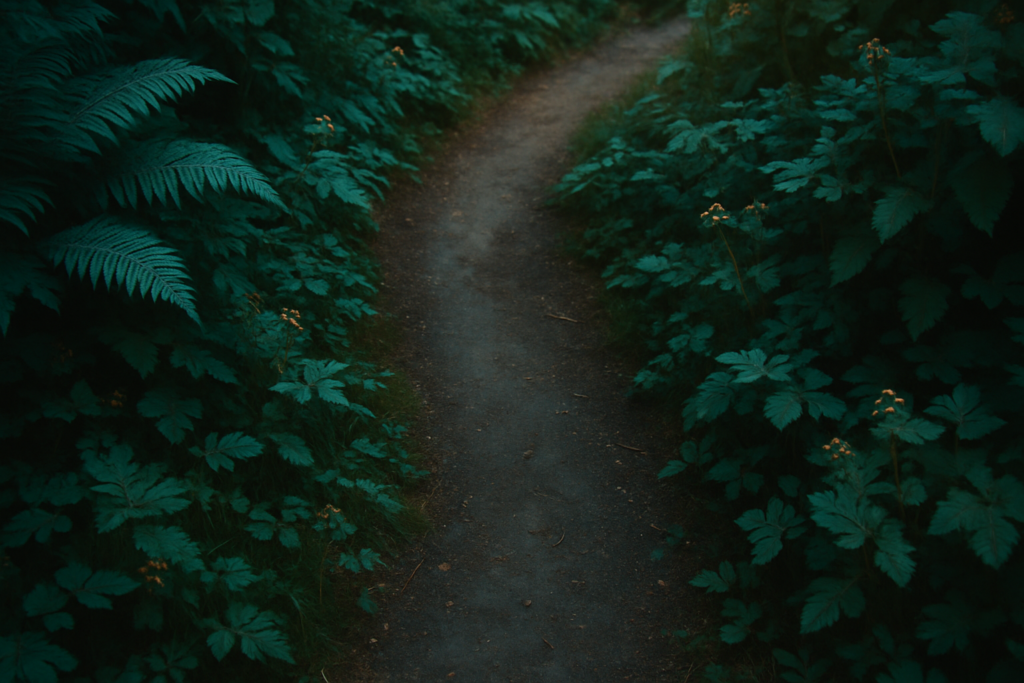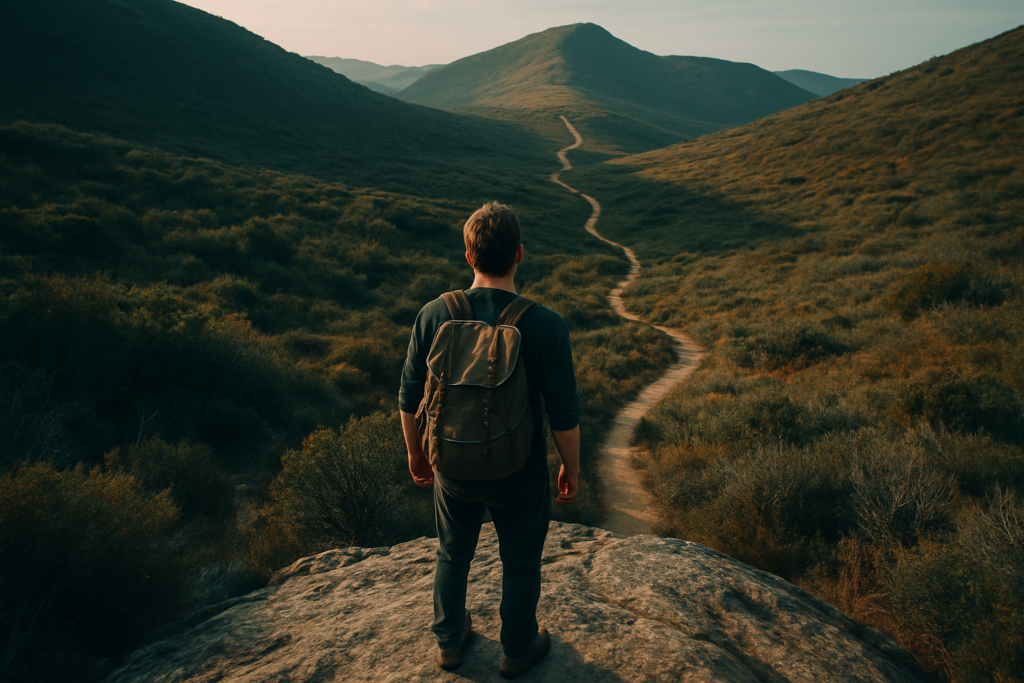What Makes A Hiking Trail Epic?
Several elements transform a hiking trail from ordinary to epic. Scenic beauty plays a significant role. Trails that offer breathtaking views, diverse landscapes, and unique natural features capture my interest.
Challenging terrain also contributes to a trail’s epic status. Routes with varying difficulty levels, steep inclines, and rugged paths test hikers’ skills and endurance, making the journey rewarding.
Cultural significance adds depth to the hiking experience. Trails that pass through historical sites or areas with rich cultural heritage connect hikers with the local history and traditions.
Biodiversity enriches the hiking journey. Trails that showcase a variety of flora and fauna offer a unique connection to nature, enhancing the overall experience.
Length and duration are crucial factors. Long-distance trails that span several days or weeks present opportunities for adventure and self-discovery, while shorter trails with intense routes offer quick yet memorable experiences.
Accessibility and amenities matter too. Well-marked trails with available accommodations, rest points, and emergency services ensure a safe and enjoyable adventure.
A combination of scenic beauty, challenging terrain, cultural significance, biodiversity, trail length, and accessibility makes a hiking trail truly epic.
Criteria For Selection
I’ve chosen the trails based on specific criteria ensuring a diverse and enriching hiking adventure.
Scenery
Scenery encompasses breathtaking views, diverse landscapes, and natural beauty. Trails with stunning vistas, rich flora, and unique geological formations offer memorable experiences. For example, New Zealand’s Milford Track boasts waterfalls and mountain peaks, while Peru’s Inca Trail provides panoramic views of ancient ruins and lush forests.
Difficulty Level
Difficulty level considers terrain, elevation gain, and trail length. Challenging trails test physical endurance and mental resilience, whereas moderate hikes accommodate various skill levels. For instance, Norway’s Trolltunga features steep climbs rewarding hikers with unparalleled views, and the Appalachian Trail offers segments suitable for both novices and experts.
Unique Features
Unique features highlight elements like historical significance, biodiversity, and cultural connections. Such attributes enrich the hiking experience with educational and immersive encounters. For example, Japan’s Nakasendo Trail weaves through post towns preserving Edo-period architecture, and Tanzania’s Mount Kilimanjaro showcases diverse ecosystems from rainforest to alpine desert.
The Inca Trail, Peru
The Inca Trail is one of the most iconic hiking paths in the world. This ancient route offers a blend of stunning scenery and rich cultural heritage.
Highlights
The Inca Trail spans approximately 26 miles, leading hikers through diverse landscapes, including cloud forests and alpine tundra. Key highlights include:
- Machu Picchu – Arriving at the Sun Gate, hikers witness the breathtaking view of Machu Picchu, a UNESCO World Heritage Site.
- Inca Ruins – The trail passes several historical sites, such as Wiñay Wayna and Llactapata, offering glimpses into the past.
- Biodiversity – Home to more than 400 bird species and countless plant varieties, the trail provides ample opportunities for nature enthusiasts.
Best Time To Visit
The best time to hike the Inca Trail is during the dry season, from May to September. These months bring clear skies and optimal hiking conditions. Hikers should avoid the rainy season, from November to March, due to potential trail closures and muddy conditions. To make the most of your trek, consider booking with one of the best Inca Trail tour companies that offer experienced guides, reliable logistics, and well-organized itineraries tailored to the season.
Appalachian Trail, USA
The Appalachian Trail offers a premier hiking experience in the United States, stretching over 2,192 miles from Georgia to Maine.
Highlights
The Appalachian Trail features diverse landscapes, including dense forests, mountainous terrains, and river valleys. Hikers encounter notable landmarks such as the Great Smoky Mountains, Shenandoah National Park, and the White Mountains. The trail offers various challenges, with elevations ranging from 124 to 6,643 feet. It attracts both thru-hikers completing the entire trail and section hikers focusing on specific segments.
Best Time To Visit
Hiking the Appalachian Trail varies by region. Southern sections are best hiked from March to May. For mid-Atlantic parts, May to June is ideal. New England sections are most accessible from June to September. To avoid extreme weather, plan your hike based on the specific trail section’s climate.
Torres del Paine “W” Circuit, Chile
The Torres del Paine “W” Circuit, located in southern Chilean Patagonia, features dramatic landscapes and diverse ecosystems. Famous for its granite peaks, glaciers, and turquoise lakes, it’s a must-do for adventure enthusiasts.
Highlights
Epic Scenery: The circuit showcases the iconic Torres del Paine towers, Grey Glacier, and the French Valley. Glacial lakes, forests, and mountain vistas make every step picturesque.
Wildlife: Hikers may spot guanacos, Andean condors, and foxes. The region supports a wide variety of unique species endemic to Patagonia.
Length and Difficulty: The “W” Circuit spans approximately 50 miles. It’s considered moderately difficult, ideal for hikers with a good fitness level and some trekking experience.
Best Time To Visit
Optimal Seasons: The best time to hike the “W” Circuit is from November to April. These months offer the most stable weather and extended daylight hours.
Weather Considerations: While summer months provide the best conditions, be prepared for variable weather, including strong winds and sudden rain.
Tour du Mont Blanc, France/Italy/Switzerland
Tour du Mont Blanc (TMB) is a classic long-distance hiking trail that crosses through France, Italy, and Switzerland. It’s a journey of stunning alpine scenery, diverse cultures, and natural beauty.
Highlights
A key highlight of TMB is its circular route, approximately 105 miles long, encircling the Mont Blanc massif. Hikers traverse high-altitude passes, picturesque valleys, and charming alpine villages like Chamonix (France) and Courmayeur (Italy). The trail also features dynamic landscapes like glaciers, meadows, and forests. Wildlife sightings often include ibex and marmots. Accommodations vary from mountain huts to luxury hotels, offering flexibility in comfort levels.
Best Time To Visit
TMB is best hiked during the summer months, from June to September, due to favorable weather. Early June might still have snow at higher altitudes, requiring adequate preparation. By July and August, most of the trail is accessible, but it is also peak season with more hikers. September offers quieter trails, cooler weather, and stunning autumnal scenery.
Milford Track, New Zealand
Milford Track, located in New Zealand’s Fiordland National Park, is known for its breathtaking scenery. This 33.5-mile trail offers unparalleled views of lush valleys and stunning mountain peaks.
Highlights
- Glacial Valleys: The trail traverses glacially carved valleys, giving hikers panoramic views.
- Waterfalls: Features numerous waterfalls, like the Sutherland Falls, which is among the highest in the world.
- Rainforest: Dense rainforests provide a unique hiking experience, rich in biodiversity.
- Mackinnon Pass: Offers sweeping views of the Fiordland mountains and surrounding landscapes.
Best Time To Visit
The optimal period for hiking Milford Track is between late October and late April. During these months, weather conditions are more stable, and the Department of Conservation offers hut accommodations.
Laugavegur Trail, Iceland

Laugavegur Trail stands out for its dramatic landscapes, making it one of the most epic hikes in the world.
Highlights
The trail spans about 34 miles (55 kilometers), connecting Landmannalaugar and Thorsmork. Hikers can experience diverse scenery, including colorful rhyolite mountains, black sand deserts, and lush green valleys. The geothermal hot springs in Landmannalaugar offer a unique start to the journey. Along the way, obsidian lava fields, vibrant blue lakes, and glaciers like Eyjafjallajökull enhance the experience. It’s possible to spot Arctic foxes and various bird species.
Best Time To Visit
The optimal time to hike the Laugavegur Trail is between mid-June and early September. During these months, the trails are clear of snow and the huts are operational. Summer’s extended daylight hours offer more time for exploration. Avoid hiking outside this window due to harsh weather conditions and limited services.
Kilimanjaro, Tanzania
Mount Kilimanjaro offers one of the most iconic hiking experiences, featuring diverse ecosystems, dramatic elevation changes, and stunning vistas.
Highlights
The summit, Uhuru Peak, at 19,341 feet, marks Africa’s highest point. The hike showcases five distinct climate zones: cultivated land, rainforest, heath, alpine desert, and arctic ice cap. Along the way, expect unique flora and fauna, such as giant lobelias and colobus monkeys. The night hike to the summit reveals a breathtaking sunrise over the African plains, a moment that defines the Kilimanjaro experience.
Best Time To Visit
The optimal periods to hike Kilimanjaro are from January to March and from June to October, when weather conditions are most favorable. These windows ensure fewer chances of rain, clearer skies, and better trail conditions. For those aiming to avoid crowds, January to mid-March is ideal, as fewer tourists attempt the climb during this period, enhancing the serenity of the journey.
West Coast Trail, Canada
The West Coast Trail, located on Vancouver Island’s rugged coastline, spans 75 km. This trail offers breathtaking scenery and challenges for seasoned hikers.
Highlights
This trail features diverse landscapes, including beaches, rainforests, and waterfalls. Key points include the Carmanah Lighthouse, which provides spectacular coastal views. Traverse long ladders and cable cars that add an adventurous element. Wildlife sightings are common; expect to see sea lions, bald eagles, and black bears.
Best Time to Visit
The optimal time to hike the West Coast Trail is between May and September due to favorable weather conditions. Consistent rainfall outside this period makes the trail treacherous. Plan ahead, as trail permits are limited and bookable starting in January.
Everest Base Camp Trek, Nepal
Everest Base Camp Trek in Nepal is a bucket-list journey for many hikers, offering unparalleled views and unique cultural experiences.
Highlights
The trek spans around 130 km round trip. Hikers pass through iconic locations like Namche Bazaar, a vibrant Sherpa town, and Tengboche Monastery, the largest monastery in the Khumbu region. The trail offers panoramic views of Himalayas’ peaks, including Ama Dablam and Lhotse. Reaching Everest Base Camp at 5,364 meters provides a sense of accomplishment. Along the way, trekkers experience the local culture, learning about Tibetan Buddhism and the traditional Sherpa lifestyle.
Best Time To Visit
The best time to visit Everest Base Camp is during pre-monsoon (March to May) and post-monsoon (September to November) periods. March to May offers blooming rhododendrons and moderate temperatures, whereas September to November provides clear skies and stunning vistas. During winter and monsoon seasons, the trek becomes challenging due to extreme weather and poor visibility.
Overland Track, Australia
Embark on the Overland Track for a remarkable adventure through Tasmania’s stunning wilderness. This 65 km trail runs from Cradle Mountain to Lake St Clair.
Highlights
The Overland Track offers diverse landscapes, including alpine meadows, rainforests, and glacial lakes. Travelers experience sights of Mount Ossa, Tasmania’s highest peak, and the striking beauty of Cradle Mountain. Wildlife is abundant, with encounters possible with wombats, echidnas, and Tasmanian devils. The waterfalls along the trail add another dimension to the breathtaking scenery. Each day of the trek presents a unique environment, making the journey constantly engaging.
Best Time To Visit
To avoid extreme weather and enjoy clear views, visit between October and May. During these months, the temperature is milder, and the trails are more accessible. Summer (December to February) brings longer days and warmer weather, enhancing the hiking experience. Booking in advance is essential, as the trail is quite popular during peak seasons.




